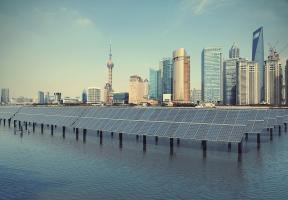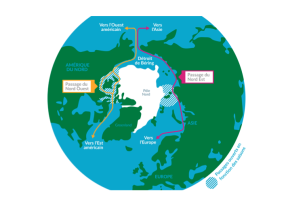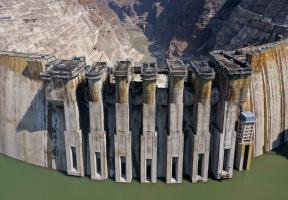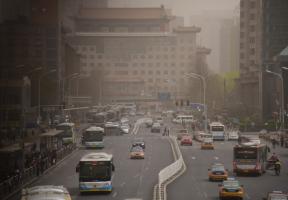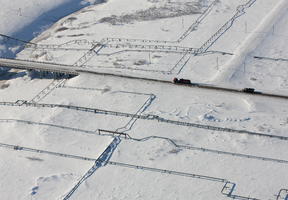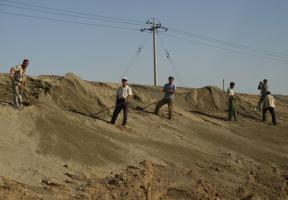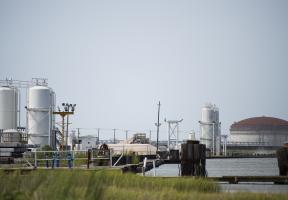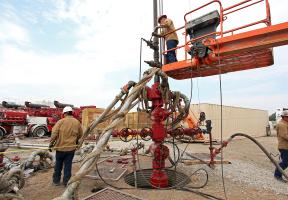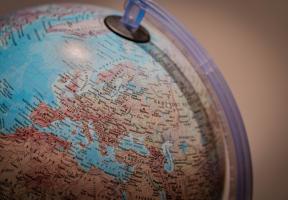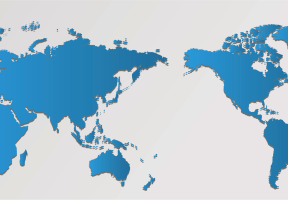Johannesburg: an Ambitious Urban Project
10 min read
South Africa's largest city has undertaken a series of structural projects aimed at bringing its spread-out districts together and reducing inequality, providing energy services to the poorest populations and implementing an effective waste management system. In addition to stamping out the urban and social legacy of the apartheid era, this ambitious program also seeks to reduce the city's . Johannesburg has teamed up with other large cities of the world to coordinate their efforts in the fight against .

© AFP - A juxtaposition of wealthy, well-equipped areas and poor, outlying neighborhoods with no access to energy: Johannesburg's first order of business is to unite the population.
Together with former townships such as Soweto (the biggest and most well known), Orange Farm, Alexandra and Diepsloot, Johannesburg has a population of nearly three million people (73% black, 16% white). The Greater Metropolitan Area of Johannesburg, which extends all the way to the administrative capital Pretoria, some 65 kilometers away, is estimated at over 12 million people.
The city owes its fragmented structure to the apartheid system of separate development which, from 1948 to 1991, organized the population according to racial and ethnic identity. Still visible today, this pattern of wealthy, well-equipped neighborhoods and separate, poorly-developed townships has impaired , worsened transportation conditions and hindered community governance.
Corridors of Freedom
The city's leaders launched an innovative plan in 2013, Corridors of Freedom1, aimed at bringing isolated parts of the city together through the construction of large, interconnected arteries that will cut transportation time in half and promote social cohesion. Elected officials favor public transportation, particularly bus rapid transit systems focused on dedicated lanes, high-frequency service, low fares and environmentally-friendly, natural gas-powered vehicles. Urban planners intend to gradually fill the empty space alongside the arteries with mixed-use developments comprised of retail units and low-income housing.
Neighborhoods, particularly in Soweto, are being revitalized with the development of water and sanitation services, the construction of buildings and cultural facilities, the multiplication of bicycle lanes and walkways and the development of digital infrastructure (1,100 kilometers of fiber optic cables, over 400 WiFi hotspots and digital training for unskilled residents dispensed by "digital ambassadors”. The goal is to replace apartheid with a new economic democracy.
Bringing Electricity to the Informal Settlements
Since the end of the apartheid era, Johannesburg has witnessed a new phenomenon: the arrival of emigrants from other parts of South Africa and other African countries. According to the mayor, there are more than 10,000 arrivals every month. The migrants reside in informal settlements with no and cook with paraffin stoves. Statistics show that there are more than 180 of these shanty towns housing hundreds of thousands of people. Some of them have been around for 20 years and will probably continue to exist for a long time.
The electrification of these settlements is a top priority. Residents currently connect to the grid illegally through neighbors, leading to an estimated 13% power loss for Johannesburg and two to three deaths every month due to electrocution. Some 15 of these encampments have already benefited from municipal programs aimed at improving access to energy through the extensive use of sources. Projects include:
- The use of solar panels to provide electricity to local networks or supplement the main power grid.
- The installation of solar water heaters on rooftops.
- The distribution of gas stoves and bottles of gas to reduce power consumption.
- The production of methane from waste sources and the creation of local micro-enterprises to treat and recycle these materials.
With the help of university research centers, special efforts have been made to set up cooperation programs for residents. One idea would be for neighborhood associations to manage local electric service accounts.
Jozy Enters the New World Stage
Johannesburg, or Jozy as the locals call it, has been catapulted onto the world stage, where large cities are playing an increasingly important role, particularly in the field of climate change.
The city is a member of the C40 climate leadership group2, which hosted various events at the Paris climate summit (COP21). The network is comprised of 80 of the world's largest cities, representing over 600 million people. Johannesburg also participate in the Caring Cities initiative3 that seeks to ensure the equitable treatment and well-being of the inhabitants of the world's largest cities.


